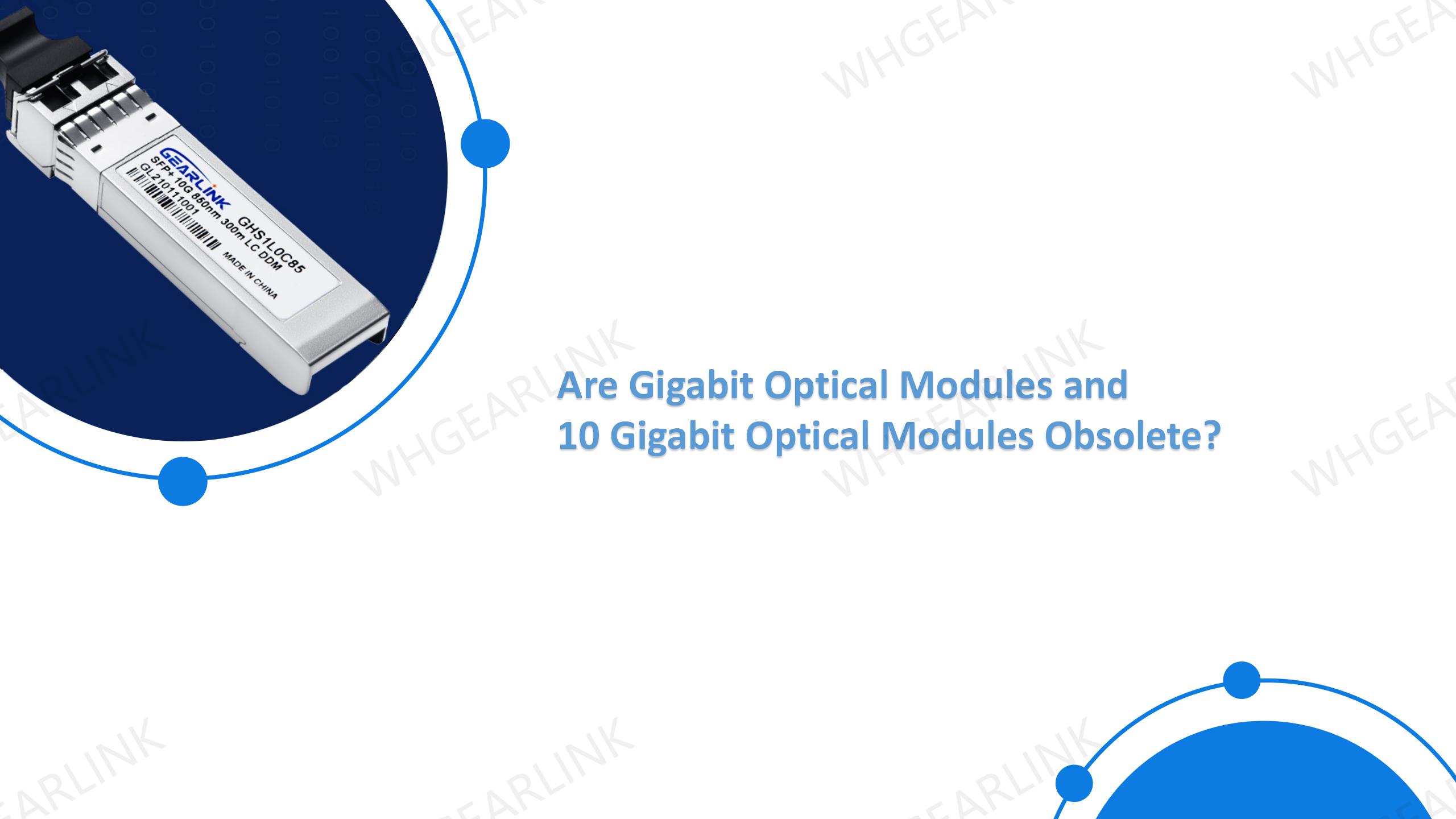In the field of optical communication, Gigabit and 10 Gigabit optical transceivers have been the mainstream choice for network switches and routers for a long time. With the rapid development of network technology, Gigabit optical transceivers and 10 Gigabit optical transceivers are increasingly difficult to meet the needs of network data transmission speed, especially in the fields of AI, cloud computing, and ultra-large data centers. This article starts with the technical characteristics and market trend analysis of Gigabit and 10 Gigabit optical transceivers, and discusses whether they are outdated and whether they can adapt to the development trend of future networks.
Gigabit and 10 Gigabit optical transceivers have been the core of network switches and routers for a long time in the past. They are based on optical fiber transmission technology and have the characteristics of high speed, stability and high efficiency. With the advent of the digital age, the network side has also spawned greater bandwidth requirements, which undoubtedly put forward higher requirements for the performance of optical transceivers. We have to think, with the continuous advancement of technology, is it increasingly difficult for Gigabit and 10 Gigabit optical transceivers to adapt to future development trends, or even outdated?
From the perspective of technical characteristics, both Gigabit and 10 Gigabit optical transceivers have high transmission rates and support multiple protocols. From the perspective of application scenarios, Gigabit optical transceivers are suitable for small and medium-sized enterprises and home networks, while 10 Gigabit optical transceivers are suitable for high-end network fields such as large enterprises and data centers. Although they all have a wide range of application fields, with the development of technology, Gigabit and 10 Gigabit optical transceivers will be partially replaced in the field of meeting the current network application requirements.
Under the current network development trend, higher speed, more stable and more efficient network transmission has become the pursuit. Therefore, the application scenarios of Gigabit and 10 Gigabit optical transceivers are also more distinct. With the development of 5G networks, more and more families and businesses will be connected to high-speed networks, and network solutions will become more diverse and complex. For general work and home use, Gigabit optical transceivers are still a viable option. In some data centers and high-end network fields, in addition to high-speed 100G and 40G optical transceivers, 10G optical transceivers will still be deployed on a relatively large scale. With the popularization of 40G and 100G optical transceivers and the reduction of production costs, the market share of Gigabit optical transceivers and 10 Gigabit optical transceivers is facing a greater impact, and higher rate optical transceivers are the general trend.
All in all, Gigabit optical transceivers and 10 Gigabit optical transceivers are not eliminated at present, and still have their own application fields. In the development of future networks, we will see more and higher-speed technologies emerge, which will create a more efficient and stable network environment.


